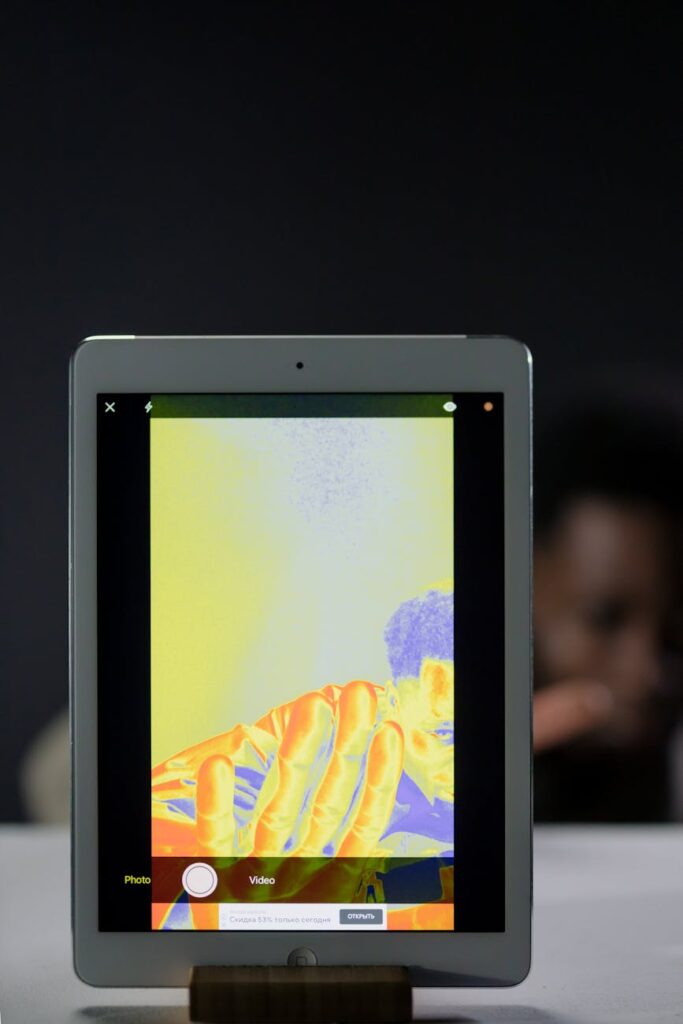Thermal cameras, also known as infrared cameras, are powerful tools that detect infrared radiation and convert it into visible images. They are widely used across various industries for applications ranging from building inspections to electrical maintenance and even wildlife observation. Choosing the right thermal camera depends on several factors, including your specific needs, budget, and the environment in which you’ll be using it. Here’s a comprehensive guide to help you navigate the selection process and find the best thermal camera for your requirements.
Understanding Thermal Cameras
Thermal cameras work by detecting infrared radiation emitted by objects and converting that information into temperature readings and visual images. Unlike traditional cameras that rely on visible light, thermal cameras operate in the infrared spectrum, making them capable of detecting heat variations and thermal patterns that are invisible to the naked eye.
Key Factors to Consider
- Resolution and Image Quality:
- Resolution: Higher resolution provides clearer and more detailed thermal images. Look for cameras with resolutions measured in pixels (e.g., 320×240 or 640×480) for better clarity.
- Image Quality: Pay attention to factors like thermal sensitivity (measured in mK), which indicates the camera’s ability to detect small temperature differences. Lower values indicate higher sensitivity and better image quality.
- Temperature Range and Accuracy:
- Range: Consider the temperature range over which the camera can accurately measure temperatures. Some cameras are designed for specific ranges (e.g., -20°C to 150°C), while others offer wider ranges suitable for more extreme environments.
- Accuracy: Look for cameras with high accuracy ratings, typically expressed as a percentage of the measured temperature.
- Field of View (FOV) and Optics:
- FOV: The FOV determines how much area the camera can capture at once. A wider FOV is beneficial for scanning large areas quickly, while a narrower FOV provides more detailed images of specific objects.
- Optics: Consider the lens options available for the camera, including interchangeable lenses for versatility in different applications.
- Portability and Durability:
- Size and Weight: Depending on your use case, portability may be a crucial factor. Compact and lightweight cameras are easier to carry and use in various settings.
- Durability: Ensure the camera is built to withstand the environmental conditions where you intend to use it, such as dust, moisture, and rugged terrain.
- Ease of Use and Software Features:
- User Interface: A user-friendly interface and intuitive controls simplify operation, especially for beginners.
- Software Features: Look for additional features such as image enhancement modes, temperature alarms, and compatibility with analysis software for more advanced applications.
- Battery Life and Power Options:
- Battery Life: Consider the camera’s battery life, especially if you need to use it for extended periods without access to charging facilities.
- Power Options: Some cameras offer options for external power sources or rechargeable batteries, providing flexibility in usage scenarios. For a diverse range of options and detailed specifications to match these criteria, browsing a comprehensive collection of thermal cameras can help you find the perfect fit for your needs.
- Budget and Cost of Ownership:
- Initial Cost: Thermal cameras vary widely in price based on their features and capabilities. Determine your budget and prioritize features that align with your needs.
- Cost of Ownership: Factor in additional costs such as maintenance, calibration, and software upgrades over the camera’s lifespan.
Applications and Use Cases
Thermal cameras find applications across diverse industries:
- Building Inspections: Detecting energy inefficiencies, water leaks, and insulation problems.
- Electrical Maintenance: Identifying overheating components in electrical systems to prevent failures.
- Mechanical Inspection: Checking machinery for abnormal heat patterns indicating potential faults.
- Security and Surveillance: Monitoring areas in low-light conditions or detecting intruders based on body heat.
- Wildlife Observation: Tracking animals and studying their behavior without disturbing them.
Conclusion
Choosing the best thermal camera involves assessing your specific needs, and considering factors like resolution, temperature range, portability, and budget. Whether you’re conducting building inspections, performing electrical maintenance, or exploring wildlife habitats, selecting the right thermal camera ensures accurate and reliable thermal imaging for your applications. By understanding these key factors and their implications, you can make an informed decision that meets your requirements effectively.
In conclusion, investing in a quality thermal camera tailored to your needs is essential for maximizing its utility and ensuring accurate thermal imaging in various applications.

